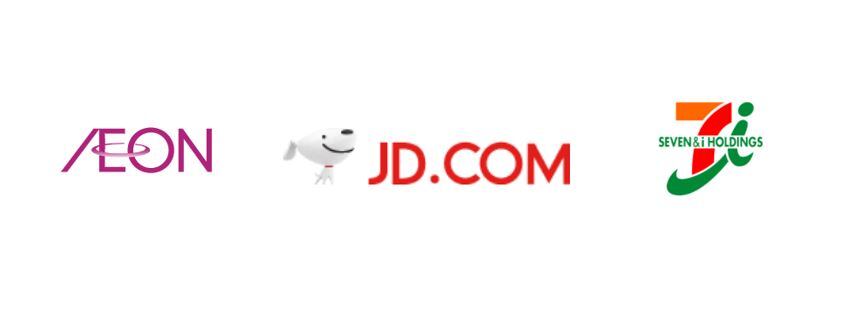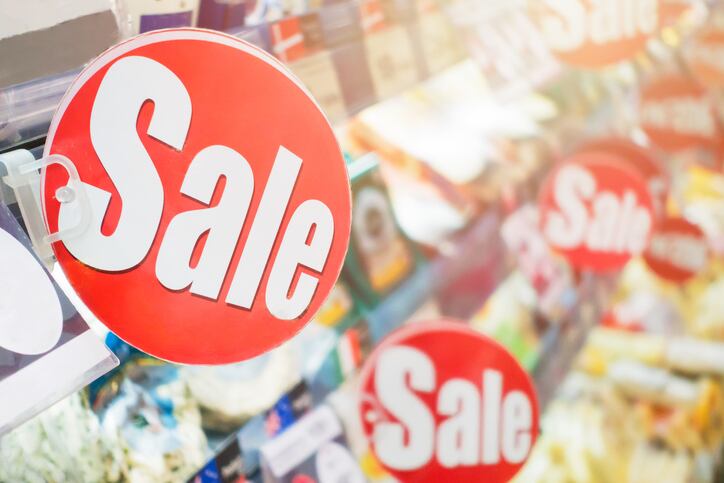While the top 10 retailers were mostly based in US, Europe and UK, Japan’s Aeon was ranked top in Asia at 13th position with US$71,446 million in revenue.
China’s JD.com ranked 15th with revenues of US$62,875 million, while Japan’s Seven & i Holdings was ranked 19th with US$59,101 million in revenue.
The data was based on Deloitte’s 23rd edition of Global Powers of Retailing report for FY2018.
Asia-Pacific
Among the 250 retailers, Europe had the largest number of retailers (88) followed by North America (84), and Asia-Pacific (58).
Among the 58 retailers in APAC, half (29) are based in Japan, a quarter (13) based in China and Hong Kong. The other companies are in India, South Korea, Australia, Thailand, Indonesia, the Philippines and Taiwan.
According to the report, Asia-Pacific retailers contributed 15.4% to the global revenue in FY2018.
It attributed retail growth in this region to changing shopping preferences among the growing middle-classes, particularly young millennials, and the increasing adoption of e-commerce and m-commerce by physical retailers.
Japan
For Asia’s top performer, hypermarket company, Aeon, its retail revenue grew at a CAGR of 6.5% between FY2013 to 2018.
Seven & i Holdings, which mostly engages in convenience stores, saw its retail revenue grew at a CAGR of 3.9% during the same period.
China
In China, e-commerce company JD.com saw its retail revenue grew at a CAGR of 44.1%, one of the largest growth figures among the top 50 retailers. In comparison, US-based Amazon, which was ranked third globally, grew at a CAGR of 18.1%.
Within the same report, JD.com was also ranked fourth in terms of the fastest growing retailers. India’s Reliance Retail supermarket was listed as the fastest growing retailer with a revenue growth of 55.8% CAGR.
According to Nielsen, JD holds around 50% of China’s online market share in liquor, and maternal and baby products, and 35.7% in packaged foods in 2019.
In an interview with FoodNavigator-Asia, Carol Fung, president of JD FMCG and vice president of JD.com said the platform serves over 360 million Chinese consumers, with its online (JD Super), and offline supermarket (7Fresh).
“A key reason for our rapid growth in 2019 is that we influenced customer shopping behaviour in traditionally offline-focused categories, such as FMCG,” Fung told us.
Combining online data and offline retailing facilities has been the major trend for companies like JD to drive further growth.
Despite the COVID-19 outbreak, JD had observed rapid growth of its FMCG products, fresh produce and health products in Q1.
JD’s biggest competitor, Alibaba Group Holding entered the rankings for the first time at 179th position.
The company recently acquired several retail businesses including Intime and Kaiyuan (department stores), and Freshippo/Hema (grocery) as well as minority stakes in Auchan’s Sun Art hypermarket chain.
Similar to JD, Alibaba is also adopting the ‘New Retail’ strategy that aims to expand physical retail stores that combine an online and offline retail format for an omni-channel presence.




